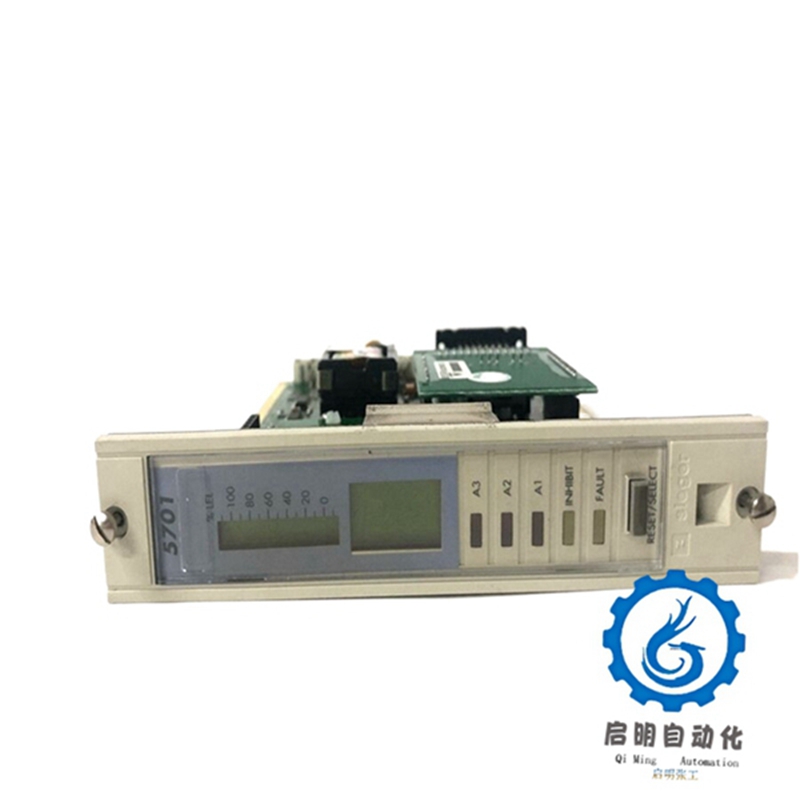
05701-A-0301 How to Use LTspice to Obtain Excellent EMC Simulation Results

Why use LTspice for EMC simulation?
The design for EMC should follow the product release schedule as much as possible, but this is often not the case as EMC issues and laboratory testing may delay product releases by several months.
Usually, simulation focuses on the functional aspects of electronic devices; However, simple open-source tools such as LTspice can also be used to simulate the EMC behavior of any device. Due to many people working from home and the high cost of EMC laboratories (up to $2000 per day), accurate EMC simulation tools are more valuable. Spending a few hours simulating EMC faults and circuit repairs can help avoid multiple laboratory testing iterations and expensive hardware redesign.
To be effective, EMC simulation tools need to be as accurate as possible. This series of articles will provide some guidelines and LTspice EMC circuit models, which have been simulated and match well with actual laboratory measurement results.
This is the first part of a three article series that provides an EMC simulation model for an example sensor signal chain, with the core being MEMS vibration sensors. However, many devices and EMC simulation technologies are not unique to MEMS solutions, but can be widely used in various applications.
Part 1: Power supply devices and conducted radiation and immunity.
Part 2: Signal integrity and transient robustness on cable driven transceiver links.
Part 3: Signal conditioning devices and how to improve immunity to external noise.
Using LTspice to solve radiation and immunity issues
After reading this article, you should be able to answer the following key questions:
(a) Is it possible for my system to pass EMC testing? Should space be reserved for common mode inductors, filtering inductors, or capacitors? After reading this article, you should be able to use LTspice to draw differential and common mode noise diagrams of the buck converter power supply design, and show whether the circuit exceeds (fails) or does not exceed (succeeds) the conducted radiation standard limits, as shown in Figure 1.
(b) Do linear regulators need to provide stable voltage for sensitive loads? After reading this article, based on the allowable voltage level of the buck output ripple in the design, you should be able to use LTspice to understand whether the output of the buck converter requires an LDO regulator. In addition, this article also provides a configurable power source immunity (PSRR) testing circuit.
Step-down converter for sensors
MEMS vibration sensors are typically placed in a small metal casing with a diameter of typically 20 mm to 30 mm and a height of 50 mm to 60 mm. Sensors with digital signal chains are typically powered by long cables ranging from 9 VDC to 30 VDC, with a power consumption of less than 300 mW. In order to fit into this small shell, a high-efficiency and wide input range micro power solution is needed.
LT8618, LT8618-3.3, and LT8604 are compact high-speed step-down switch regulators that are highly suitable for MEMS sensor applications. LT8618 and LT8618-3.3 already have corresponding LTspice models. LT8618 has good voltage stabilization ability and provides very low output ripple, with a peak to peak value less than 10 mV. However, the parasitic resistance and inductance of the output capacitor bank can increase this ripple, leading to harmful conducted radiation in the step-down circuit. Capacitive loads, parasitic effects on output switches of voltage regulators, and coupling capacitance between PCB design and sensor housing can all cause parasitic effects.
